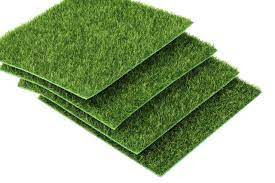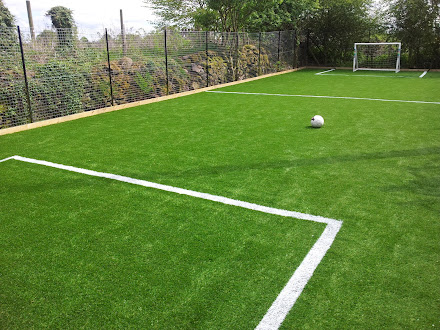Fake Grass, Real Impact
Football is a brutal sport. It
consists of bone crushing tackles, sharp changes of direction, diving for a
ball while disregarding the potential for pain, and constantly combating
players on competing teams who typically weigh more than 300 pounds. And that's
in just a single play! There are countless instances when a player can get
injured but, ironically, many injuries occur when a player is attempting to
avoid contact or simply just moving in general play.
This is because our bodies,
especially our joints, aren't meant to make the complex movements that the
sport requires on a regular basis. Add this to the unforgiving natural fake grass surface
that you glide across in cleats and you have a recipe for disaster. It only
takes one step for your spikes to get caught in an uneven patch of grass and a
number of nasty accidents and injuries can occur, such as hyperextended joints,
sprained or broken ankles, and torn ligaments. Not only are you playing against
your opponent but you are also rolling the dice against potential injury.
Natural grass fields look
beautiful in person and on TV, but a close-up of the field itself during
gameplay shows another story entirely. The turf is subjected to 22 sets of
cleats that continuously dig into it through any given play, along with
repeated changes in weather, temperature and humidity. A field can be left
unrecognizable after the game, looking more like a baseball diamond than a
green, lush football field. An uneven, patchy surface is one of the reasons
many players become injured, due to potholes or dirt clods.
When the weather is undesirable,
the field is the first to suffer. With a torrential downpour of rain comes a
vast collection of small puddles or, in some unfortunate cases, large ponds.
Snow can also freeze the soil so that it feels like cement, and extreme heat
can dry the grass to the point that it's a little reminiscent of flaky
woodchips. Ultimately, this creates an altogether unsafe environment for people
to play on.
However, there is a fantastic
alternative to organic grass in the form of synthetic turf. It boasts several
advantages to the real thing, including the ability to choose the color and
height of each blade of grass. No longer will grass look too long, too short or
too brown. There is no need for any kind of watering and, because it won't
retain water, irritating puddles is a thing of the past.




Comments
Post a Comment